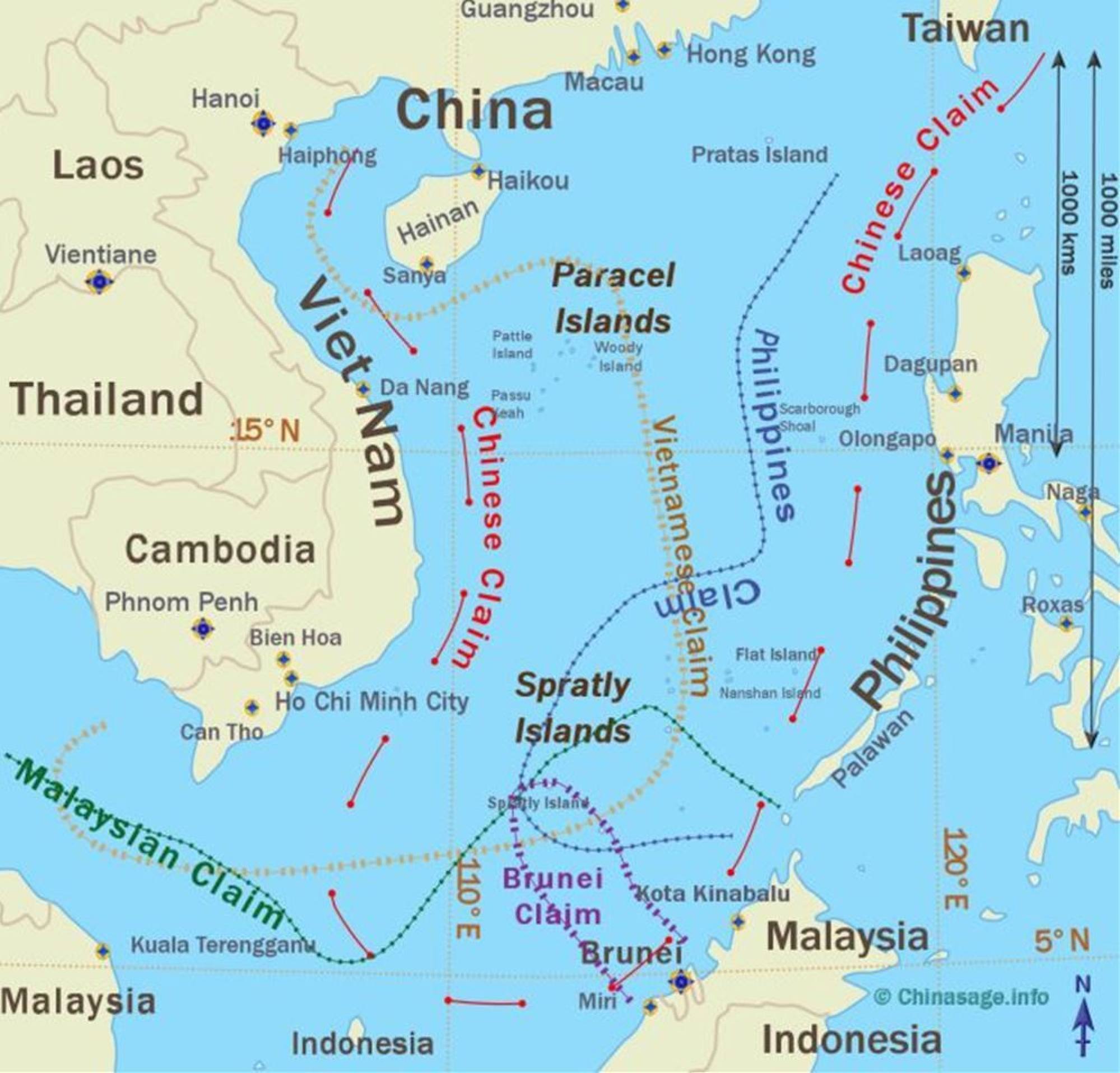A notably self-contradictory account. Innocent passage does not challenge sovereignty and is not the same as FONOPS.
South China Sea: Japanese warships sailed near Chinese-controlled reefs in Spratly Islands ‘to pressure’ Beijing
Vessels from the Maritime Self-Defence Force entered the contiguous zone around disputed islands and reefs at least twice in past 10 months, local media claims
Voyages held ‘political meaning’, experts say, and were legal but might not have met the criteria of ‘freedom of navigation’ patrols Japanese warships have sailed through waters close to Chinese-controlled islands and reefs in the South China Seaon at least two occasions in the last 10 months, entering the contiguous zone around the disputed Spratly Islands, Japanese media have reported.
Voyages held ‘political meaning’, experts say, and were legal but might not have met the criteria of ‘freedom of navigation’ patrols Japanese warships have sailed through waters close to Chinese-controlled islands and reefs in the South China Seaon at least two occasions in the last 10 months, entering the contiguous zone around the disputed Spratly Islands, Japanese media have reported.
The Maritime Self-Defence Force (MSDF) vessels were carrying out “freedom of navigation” patrols “to deter China”, the conservative Yomiuri newspaper claimed.
However, some analysts suggested the warships’ journeys might more properly be described as a legal exercise of “innocent passage” through international waters – though they agreed the moves were likely to have angered Beijing.

Japanese government sources claimed the MSDF operations started in March 2021, with a destroyer sailing through the contiguous zone around at least one of the Spratly Islands. China claims a 12 nautical mile area around each of the islands as its exclusive territorial waters, while the contiguous zone extends a further 12 nautical miles beyond that limit.
Even so, the operation was considered sufficiently delicate that then-prime minister Yoshihide Suga was kept appraised of the issue at a meeting of the National Security Council.
In August last year, another MSDF destroyer carried out a similar transit through a contiguous zone just beyond territorial waters claimed by China.
It is believed that one of the vessels was the Hyuga-class helicopter carrier Ise, which has carried out a number of military exercises with units from the US, Australian, Vietnamese and French armed forces in the past year.
“I believe it would be too much to call this a ‘freedom of navigation’ exercise in the same way as the US navy carries out such exercises because the MSDF ships were in international waters beyond the territorial waters claimed by the Chinese,” an analyst with the National Institute of Defence Studies said.
“But while it was perfectly normal from a legal point of view, there will certainly have been a political meaning behind the passage,” said the expert. “It would be easy to conclude that the intention was to put some pressure on China and I expect Beijing would have been concerned at this.”
The ministry has made no public comment on the report, including whether the Japanese ships were challenged by Chinese military units in the area or whether a complaint was filed through diplomatic channels.
Garren Mulloy, a professor of international relations at Daito Bunka University, said the United States was the only country that had challenged Beijing’s claims in the South China Sea by sending warships through what China insists are its territorial waters within 12 nautical miles of the coastline, although Australian and British warships have – apparently like their Japanese counterparts – sailed through contiguous zones in the region.
“These are what are referred to as ‘innocent passage’ and it is essentially the same as when Chinese navy units use international waters to sail between the islands that make up Okinawa,” he said.
“Although by going that close to the islands now held by the Chinese, it’s clear that some symbolism was intended,” he added.
Tokyo had not played up the MSDF’s actions in the South China Sea and appeared content to permit them to serve as an indicator to Beijing that it does not recognise Chinese sovereignty over the area, Mulloy said.